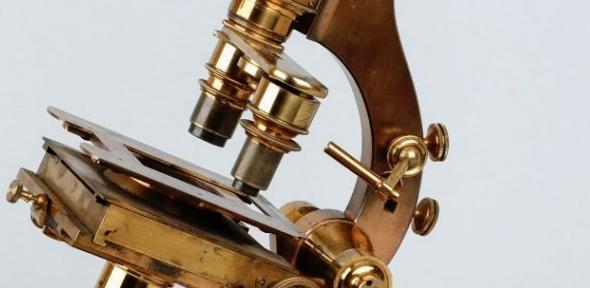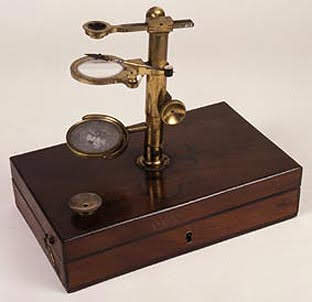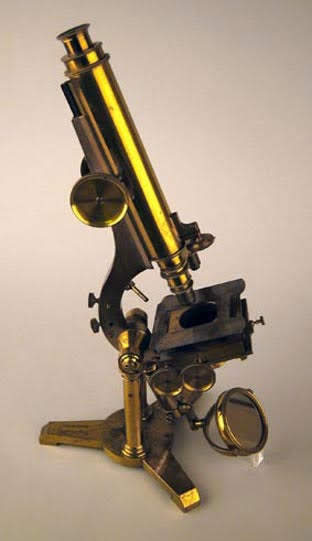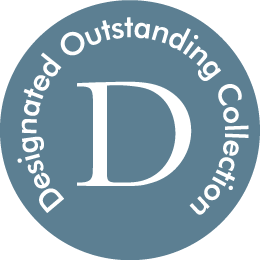In 1846 Darwin started to sort through the some of the left over samples that he had collected on the voyage. Amongst these samples were some unusual barnacles, and, like many of his contemporary natural historians, he decided to work on the classification of a whole class. Darwin had become interested in invertebrates whilst at Edinburgh in the 1820s. He had already largely formulated his evolutionary theory before he set to work on the barnacles, and his theory informed his understanding of the species. However, the relationship between theory and experiment was complex. Darwin's study of barnacles was not only informed by his theory, but also helped to verify it. The barnacles demonstrated some of the traits Darwin had predicted: the loss of useless organs, and the transformation in function of organs which are structurally similar.
Many of the anatomical variations that divide the sub-species of cirripedia can only be observed under a high power microscope, and so, with the advice of his microscopist friends in mind, Darwin decided to buy a large compound microscope. He bought the microscope, which is now in the collections of the Whipple Museum, for £34 in 1847 (Image 2). In a letter of May 10th 1848 he wrote:
"I have purchased a 1/8" object glass, & it is grand. - I have been getting on well with my beloved cirripedia, & get more skilfull in dissection."

